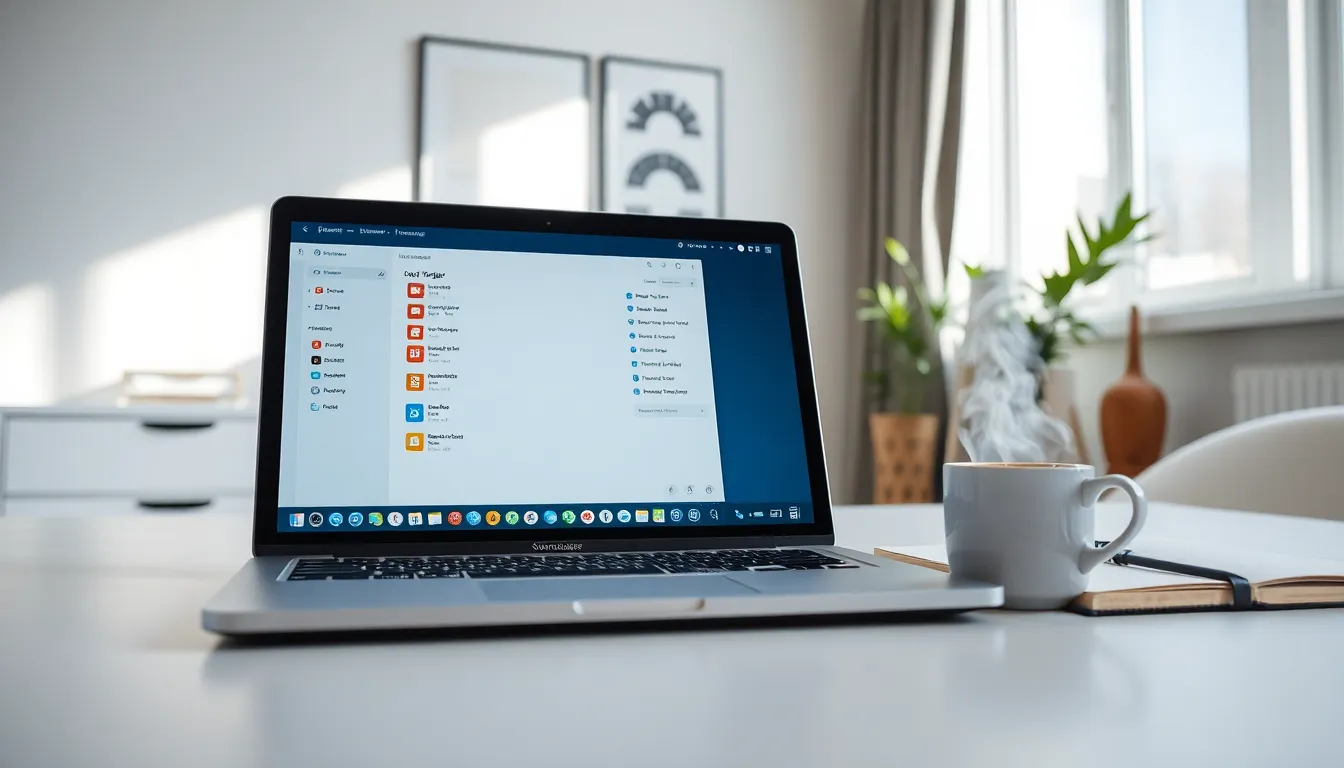Imagine this: you’re trying to use a shiny new app, and, bam., a pop-up hits you with another permission request. Sure, it’s important to protect your data, but come on. It’s like having a bouncer at the club saying, ‘Not tonight, buddy.’ If you’re fed up with this dance every time you install or open an app, it’s time to reclaim your freedom. This guide will help you turn off those annoying permission requests for apps on both Android and iOS, so you can get back to enjoying your digital life without unnecessary interruptions.
Table of Contents
ToggleUnderstanding App Permissions

App permissions are like the keycards of the digital world. When you install an app, it often wants to gain access to various features on your device. This could include your contacts, camera, location, or even your storage. But not every app needs the same level of access. Some might only require basic permissions to function effectively. Understanding these permissions helps users make informed choices about what they’re allowing apps to access, eventually providing better control over personal data.
Why App Permissions Matter
App permissions serve as a gatekeeper for your personal information. Granting access can create convenience, like allowing a navigation app to use your location. But, it can also lead to potential risks, especially if an app asks for more permissions than it genuinely needs. Think of it as allowing someone into your house. You wouldn’t give them the keys to your bedroom just because they’re picking up a package from your porch, right? Staying vigilant about app permissions helps safeguard your data from intrusive apps. Also, understanding their significance can enhance the user experience, ensuring you only share essential data.
Disabling Permission Requests on Android
If you find yourself tired of the constant permission nagging on your Android device, follow these straightforward steps to disable those pesky requests effortlessly.
Step-By-Step Guide for Android Devices
- Open Settings: Start by locating the gear icon on your home screen or app drawer. Tap it to open the settings menu.
- Navigate to Apps: Scroll down and find either “Apps” or “Applications.” This is where all your installed apps reside.
- Select the App: Tap on the specific app you want to adjust permissions for, or choose a general setting for all apps.
- Permissions: In the app settings, look for a section labeled “Permissions.” This will show you a list of the available permissions.
- Modify Permissions: To hide permission requests, you can toggle off permissions that you believe the app doesn’t need.
By following these steps, users can control what an app can access a lot more comprehensively.
What You Need to Know About App Permissions on Android
Android provides transparency about permissions. When an app requests a permission, users can choose to grant or deny it. But, disabling the requests entirely for certain apps might not be possible, as some apps require specific permissions to function correctly. Users should be sure to review permissions regularly, as apps may request additional permissions in future updates.
Disabling Permission Requests on iOS
iOS users may also experience permission fatigue. But don’t worry. Turning off permission requests is just as simple.
Step-By-Step Guide for iOS Devices
- Open Settings: Look for the settings app on your home screen and tap it.
- Scroll to Privacy: Once inside settings, scroll down until you see “Privacy” and tap on it.
- Select the Permissions: You’ll find various permissions like Location Services, Contacts, Photos, etc. Select the one you want to manage.
- Change Permissions: Pick individual apps to either allow or restrict access. You can also toggle permissions off for entire categories.
Taking these steps will help alleviate some of that nagging just like brushing your teeth before bed.
Managing Permissions in System Settings
iOS also lets you view all the apps that have requested permissions under each category. Regularly checking this list ensures users maintain a level of organization with their data security. Just remember, disabling some permissions may impact the functionality of certain apps.






